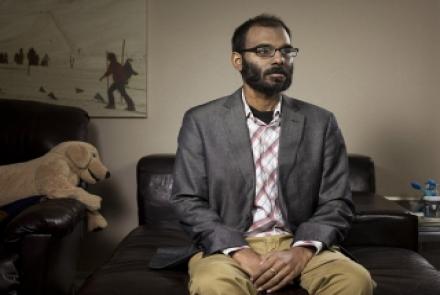
Lung cancer or carcinoma of the lung is uncontrolled cell growth in tissues of the lung, usually in the cells lining the air passages. It is the leading cause of death due to cancer worldwide.
Lung cancer is strongly related to cigarette smoking. 90% of lung cancer is caused by smoking though non-smokers can also have lung cancer.
Incidence of lung cancer varies greatly between countries depending on their smoking habits. While lung cancer cases are decreasing in developed countries thanks to effective anti-smoking programmes, lung cancer is rising at alarming rates in developing countries like India because of the increasing prevalence of smoking as well as pollution. More women are also being affected as more of them take to smoking. Lung cancer is a disease of elderly people. It is rare below 40 years of age with 80% of cases are diagnosed after the age of 60. The average age of diagnosis of lung cancer is above 70.
Check out Webinars with Survivors and Healthcare Physicians Here
Anatomy of the lungs
The lungs are a pair of air-filled spongy organs on either side of the chest (thoracic cavity). In order to survive, the body needs to take in oxygen and expel carbon dioxide. The main function of the lungs is to exchange gases - between the air we breathe and our blood.
Air enters through the nose, goes down the windpipe (trachea) and into the lungs. Each lung is divided into lobes. The trachea divides into two main bronchi that enter the lungs. The bronchi further divides into bronchus, bronchioles, alveolar sacs and alveoli. Oxygen from the air we breathe is absorbed from the alveoli into the blood.
The lungs are covered with a double layer serous membrane called pleura and are separated from the abdominal organs by the diaphragm. Epithelial cells line the small and large airways.
Lung cancer can develop in any part of the lung but most of the cancers develop from epithelial cells.











